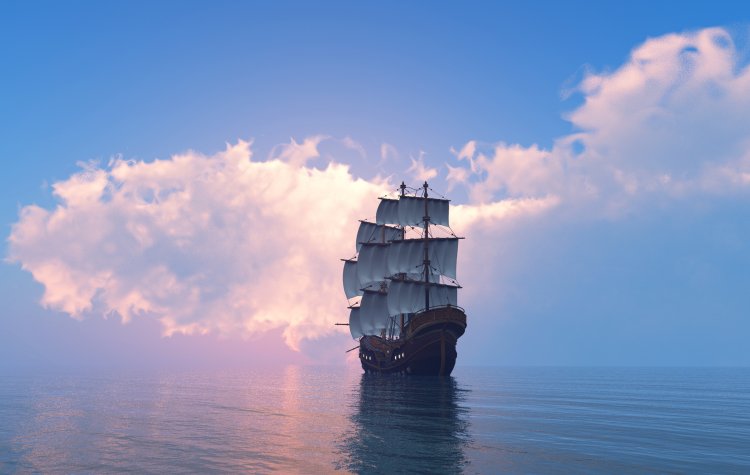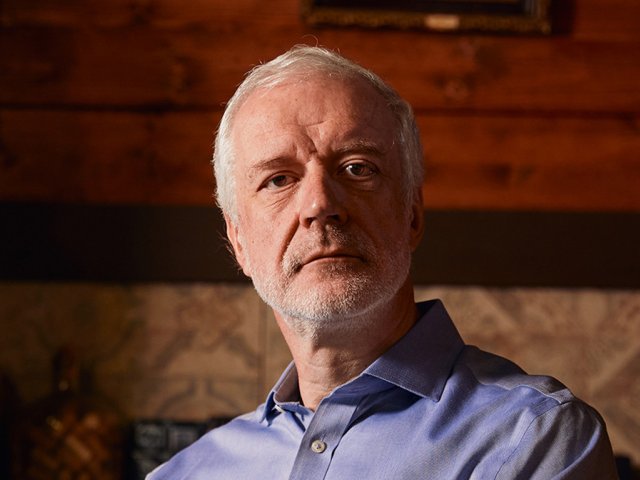On August 26, 1768, the small ship “Endeavour” (“Attempt”) left the English port city of Plymouth. It was the first circumnavigation of the globe for the experienced navigator James Cook. The main and official mission set before James Cook by the Admiralty was to observe the transit of Venus across the solar disk. But according to the secret order, after astronomical observations James Cook had to go looking for the “Terra Australis Incognita.”
As early as in 1663, the Scottish mathematician James Gregory suggested using transits of Venus or Mercury across the solar disk to determine the distance between the Earth and the Sun. These events are quite rare. The observation of the transit of Venus in 1761 required the efforts of 120 observers from 9 countries, but due to poor weather conditions they were not successful. The next transit was to be in June 1769, and the next one was not until two centuries later. It was decided that one of the sites to observe the next transit of Venus would be the island of Tahiti. The contact with local people had already been established and the coordinates were already known.
There were 80 crew members and 11 scientists on board. On April 10, 1769, they reached Tahiti. Even on his first circumnavigation of the globe, following the orders of the Admiralty, James Cook established a strict discipline in communication between members of the expedition and the natives – it was necessary to avoid violence and solve problems on mutually beneficial terms. Although previously Europeans were not characterized by a peaceful policy in their voyages, they managed to establish good relations with the natives. They built an observatory in Tahiti; on that location they could observe Venus from a stable position. Yet the observation site, “Fort Venus,” was surrounded by paling and a moat, as well as cannons and falconets, and guarded by a garrison of 45 men, just to be safe.
James Cook and Daniel Solander conducted independent observations. It was important to record each stage of the transit, because the next will take place only in 1874. In his diary, Cook wrote that the weather was very favorable: no clouds in the sky. But despite expectations, it was impossible to record the exact timing of the phases. During the transit of Venus, when it is seen as a small black dot that moves across the Sun, a small “teardrop” appears during the second and third phases, which connects Venus with the Sun. Thus, James Cook and Daniel Solander depicted the transit of Venus differently. Cook connected the blurring of Venus with the possible presence of an atmosphere on this planet. Nevertheless, the differing data did not contribute to accurate calculations of Earth's distance from the Sun. The scientists almost succeeded, though. The British mathematician and astronomer Thomas Hornsby, according to recent observations in 1771, wrote that “the average distance from the Earth to the Sun is 93,726,900 English miles,” which is only 0.8 percent different from the actual data. Today the astronomical unit is 149,597,870 km.
In addition to astronomical research, the scientists who came with Cook conducted botanical and geological studies and discovered a volcano during the expedition. After the island observations, Cook headed for the shores of New Zealand. The local chief Tupaia and his servant were on board with the Europeans. He was well-versed in the nearby islands and could serve as an interpreter. During the long voyage, James Cook noticed that New Zealand comprised of two separate islands, which were divided into two parts. The strait that separated them was named after Cook. The voyage continued with great losses in the crew. The ship ran aground and severely damaged the hull. Looking for a place to patch the hole, the ship moved around with a hole that was barely covered by a sailcloth. Once the holes were patched, turned out the ship got cut off from the sea by the Great Barrier Reef. They had to sail slowly, avoiding shallow water and underwater rocks. The ship was stricken with scurvy; and, in Indonesia, the malaria made its way aboard. When the “Endeavour” entered the port of Cape Town, there were only 12 men able to carry on with the work on board. It was necessary to re-staff the crew in order to complete the voyage. On July 12, 1771, the expedition returned to England. They failed to discover the “Terra Australis Incognita,” but on his way back home, Cook was promoted to captain of the 1st rank nonetheless.
Based on open sources.
Photo: 1971yes / ru.123rf.com






















